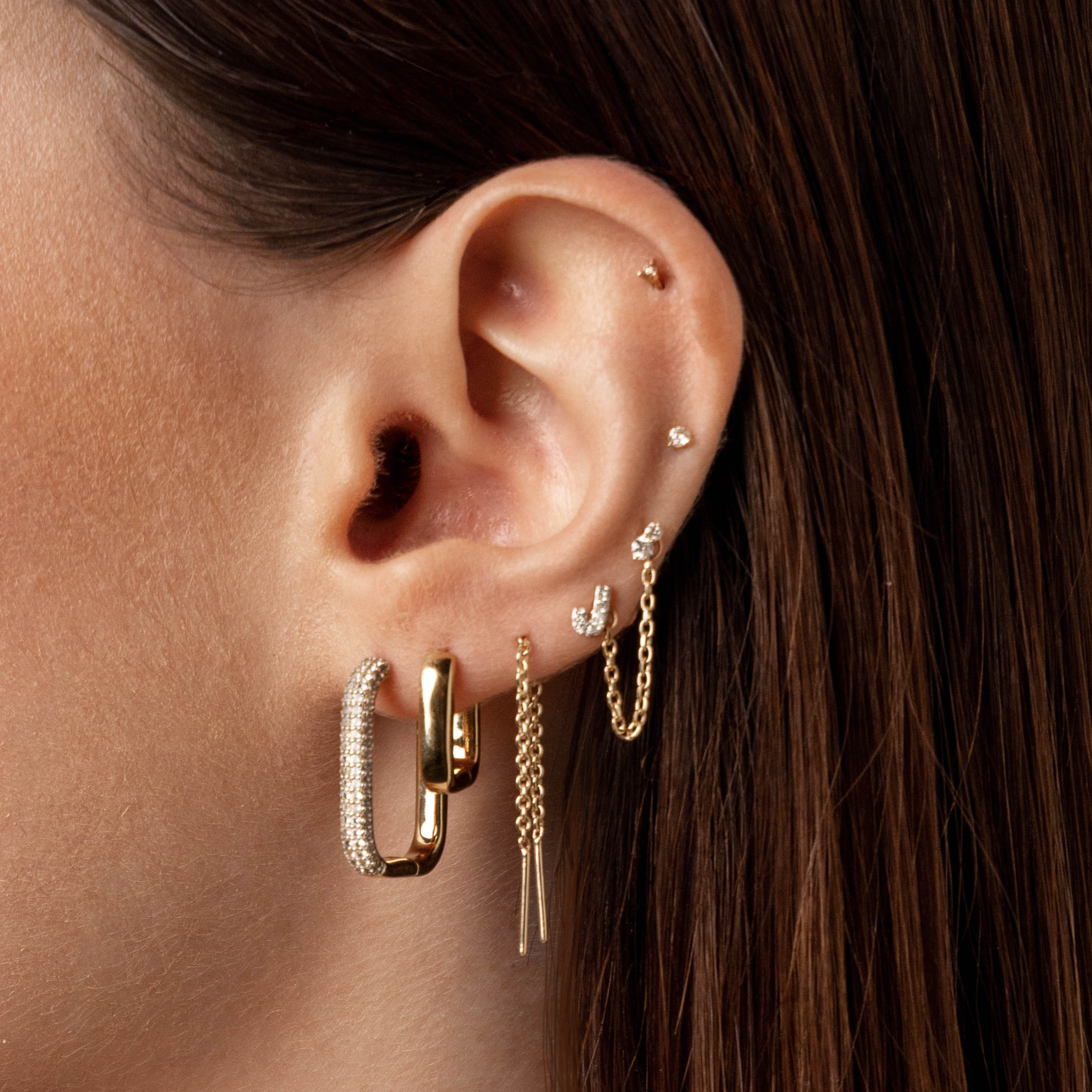
What Hurts More: Needle or Gun Piercing for Ear?
As a beauty enthusiast who has undergone multiple ear piercings, I have experienced both needle and gun piercing methods firsthand. While both techniques have their pros and cons, one question that has always lingered in my mind is: which one hurts more? In this comprehensive guide, I will delve into the intricacies of ear piercing, comparing the pain levels associated with needle and gun methods, and explore the latest trends and expert advice to help you make an informed decision for your next ear piercing.
Ear piercings have been a prevalent form of body modification for centuries, symbolizing cultural, spiritual, and personal expression. With the advent of modern piercing techniques, the process has become safer and more accessible. However, the debate over which piercing method is more painful continues to spark discussions among beauty enthusiasts.
Needle Piercing vs. Gun Piercing
Needle Piercing
Needle piercing is a traditional method that involves using a sharp, hollow needle to puncture the earlobe. The needle is inserted through the designated piercing point, creating a small hole where the jewelry is then inserted. Needle piercing is often preferred by professional piercers due to its precision and control, allowing for accurate placement and minimal tissue damage.
Gun Piercing
Gun piercing utilizes a spring-loaded device that drives a pre-sterilized piercing stud through the earlobe. This method is faster and less invasive compared to needle piercing, making it a popular choice for quick and convenient piercings. However, gun piercing may cause more tissue trauma and discomfort due to the impact of the stud.
Pain Comparison
When it comes to pain perception, the level of discomfort experienced during ear piercing varies greatly depending on individual pain tolerance and the location of the piercing. Generally, needle piercing is considered to be more painful than gun piercing, primarily because the needle creates a clean cut with minimal tearing. The sharpness of the needle allows for a precise puncture, reducing the amount of tissue damage and pain associated with the piercing.
On the other hand, gun piercing can cause more discomfort due to the force required to drive the stud through the earlobe. The impact of the stud can create a more blunt and jagged hole, resulting in more tissue trauma and pain. Additionally, the stud used in gun piercing is often thicker than the needle, which can further increase the discomfort.
Latest Trends and Developments
In recent years, there have been advancements in ear piercing techniques and aftercare practices to enhance the experience and minimize discomfort. Some of the latest trends and developments include:
- Micro Piercing: Smaller needles and studs are used to create delicate and less painful piercings.
- Dermal Fillers: Injected before the piercing, dermal fillers can temporarily numb the area, reducing pain.
- Improved Aftercare: Advanced antiseptic solutions and piercing aftercare products help prevent infection and promote healing.
Tips and Expert Advice
Based on my personal experiences and consultations with professional piercers, here are some tips and expert advice to help you minimize pain during ear piercing:
- Choose a reputable piercer: An experienced piercer will use the appropriate technique and ensure proper aftercare instructions.
- Communicate your pain tolerance: Let your piercer know if you have a low pain tolerance so they can adjust the piercing method accordingly.
- Take a pain reliever before the piercing: Over-the-counter pain relievers, such as ibuprofen or acetaminophen, can help reduce discomfort.
- Use ice or a cold compress: Applying ice or a cold compress to the piercing area before and after the procedure can numb the skin and reduce pain.
- Breathe deeply: Focusing on deep breathing during the piercing can help distract you from the pain.
FAQ on Ear Piercing
Q: Which method is best for sensitive ears?
A: Needle piercing is generally recommended for sensitive ears as it causes less tissue damage and inflammation.
Q: How long does it take for an ear piercing to heal?
A: Healing time varies depending on the location of the piercing and individual healing capacity, but it typically takes 6-8 weeks for an earlobe piercing to heal completely.
Q: Can I change my ear piercing jewelry immediately?
A: It is important to wait until the piercing is fully healed before changing the jewelry to avoid irritation or infection.
Conclusion
Whether needle or gun piercing is more painful is a subjective experience that varies depending on individual pain tolerance. However, needle piercing is generally considered to be more precise and less painful than gun piercing. By choosing a reputable piercer, following expert advice, and adhering to proper aftercare instructions, you can minimize discomfort and ensure a safe and successful ear piercing experience.
If you are considering getting your ears pierced, I encourage you to do your research, consult with a professional piercer, and make an informed decision based on your preferences and pain tolerance. Ear piercings can be a beautiful and meaningful way to express yourself, and understanding the different piercing methods will help you make the best choice for your body.

Image: medleyjewellery.com.au

Image: blackbettydesign.com
20 top Pain Level Ear Piercings ideas in 2024 Jun 15, 2023We’ve been in the ear–piercing trenches for years, and we’re here to spill the real tea on why needles are the MVP of piercings. Pain Ain’t the Same: Let’s get real – piercings come with a pinch. But here’s a hot tip: needle piercings are like a ninja’s strike – swift, sharp, and surprisingly less painful. Needles are designed for minimal